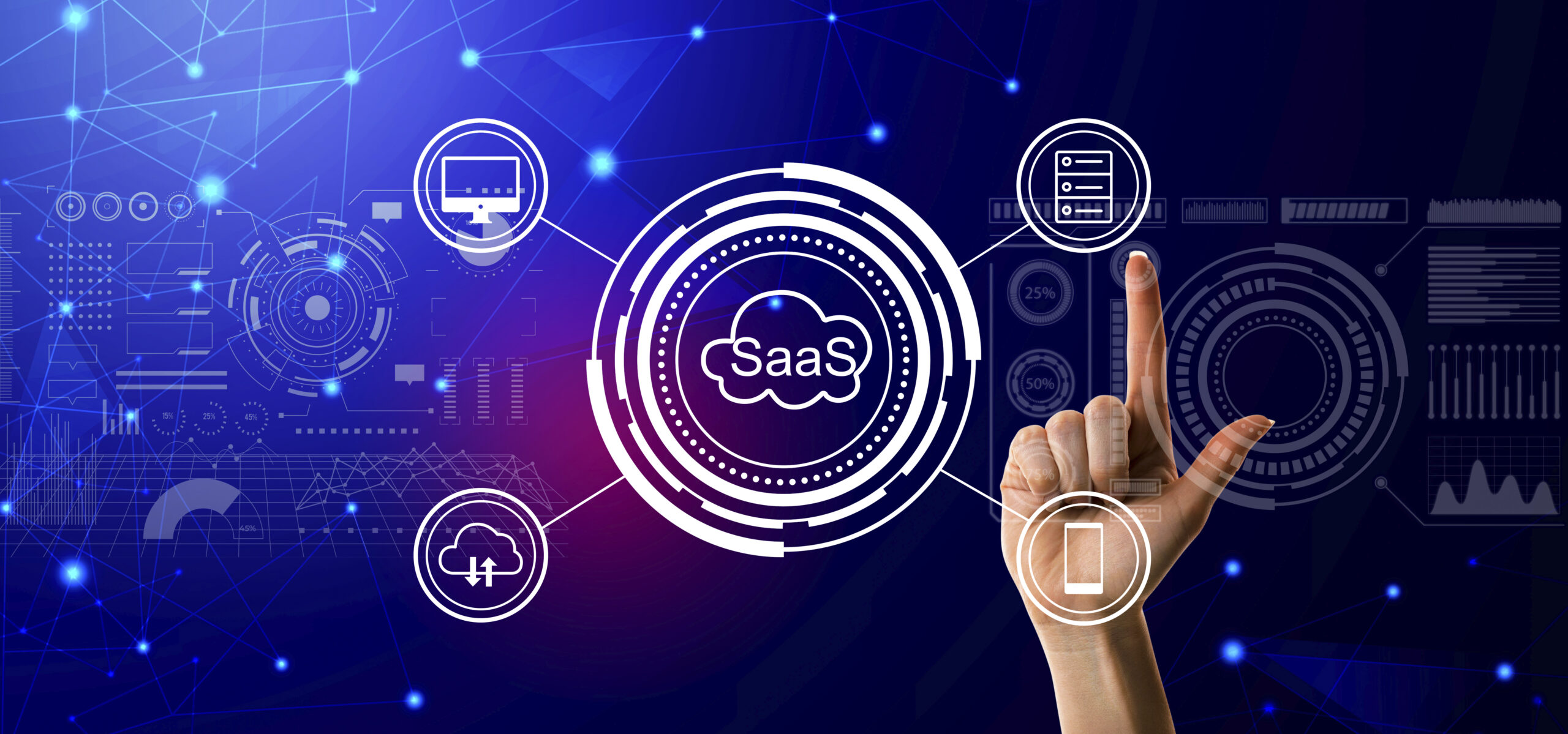What is an ERP Integrated System?
An ERP integrated system is a centralized software platform that combines and manages all key business processes across departments within a single unified system. It integrates various functional modules—such as finance, human resources, inventory, procurement, sales, and customer service—into one cohesive digital infrastructure. This eliminates isolated systems and promotes seamless data flow, real-time collaboration, and business-wide transparency.
ERP integrated systems are designed to act as the central nervous system of an organization, enabling every team to operate using accurate, up-to-date information from a shared source.
Core Features of ERP Integrated Systems
1. Centralized Data Management
A core feature of any ERP system is its ability to store and manage all business data in one location. This ensures:
- Real-time access to critical information
- Data consistency and integrity across departments
- Elimination of duplication and manual reconciliation
2. Modular Architecture
ERP systems are typically composed of modules that are tailored to specific business areas, including:
- Financial Management (accounts payable, receivable, general ledger)
- Inventory and Warehouse Management
- Human Capital Management (HCM)
- Supply Chain and Logistics
- Customer Relationship Management (CRM)
- Manufacturing and Production Planning
- Sales and Order Management
Each module works independently but remains integrated with others, offering a holistic view of operations.
3. Workflow Automation
ERP integrated systems streamline repetitive and manual tasks through automation. Examples include:
- Automatic invoice generation after a sales transaction
- Alerts for low inventory levels
- Scheduled payroll processing
- Compliance reporting
4. Customizable Dashboards and Reports
Modern ERP solutions provide customizable dashboards, real-time KPIs, and business intelligence tools that allow for:
- Instant insights into financial performance
- Demand forecasting
- Expense tracking and budget analysis
- Employee productivity monitoring
Benefits of ERP Integrated Systems
1. Enhanced Operational Efficiency
ERP reduces manual processes, optimizes resource use, and accelerates task completion, improving overall business productivity.
2. Improved Decision-Making
With accurate, real-time data available across departments, organizations can make informed decisions quickly and confidently.
3. Scalable for Growth
ERP systems are highly scalable. Businesses can start with basic modules and expand functionality as they grow or diversify operations.
4. Stronger Regulatory Compliance
Built-in audit logs, permissions, and compliance templates help organizations stay aligned with regulations like GST, SOX, IFRS, and HIPAA.
5. Better Collaboration Across Departments
Since all departments use the same system and data, collaboration becomes easier, reducing miscommunication and delays.
Industries Benefiting from ERP Integrated Systems
Manufacturing
- Streamlined production planning
- Real-time inventory tracking
- Quality assurance and vendor management
Retail and eCommerce
- Point-of-sale integration
- Customer behavior analytics
- Omnichannel inventory visibility
Healthcare
- Patient record management
- Regulatory compliance (HIPAA)
- Pharmacy inventory and billing
Education
- Student lifecycle management
- Course scheduling and attendance
- Fee and payroll processing
Construction
- Budget tracking
- Procurement and subcontractor management
- Workforce scheduling
How to Successfully Implement an ERP Integrated System
1. Define Clear Objectives
Start with identifying specific goals—reducing costs, improving reporting, or automating workflows.
2. Choose the Right Vendor
Select a vendor that offers industry-specific solutions, scalability, and integration with your existing tools.
3. Conduct Process Mapping
Understand your current workflows and identify gaps. Match them with ERP capabilities for smooth adoption.
4. Train Your Teams
User adoption is critical. Conduct comprehensive training sessions and prepare support documentation.
5. Monitor and Optimize
Track performance metrics post-implementation, gather feedback, and make necessary customizations or updates.
Future Trends in ERP Integrated Systems
As businesses continue to evolve, ERP systems are embracing cutting-edge technologies to stay relevant:
- Artificial Intelligence (AI) for predictive maintenance and smart alerts
- Blockchain for secure, traceable transactions
- Internet of Things (IoT) for real-time asset tracking
- Robotic Process Automation (RPA) to eliminate manual processes
- Voice-enabled Interfaces for hands-free operations
These innovations will redefine the speed, accuracy, and functionality of ERP systems, making them more intuitive and powerful than ever.
ConclusionAn ERP integrated system is not just software—it’s a strategic framework that empowers organizations to operate more efficiently, collaborate effectively, and scale sustainably. In today’s data-driven world, businesses cannot afford disjointed systems. By unifying every core process, ERP becomes the catalyst for long-term success and digital transformation.













